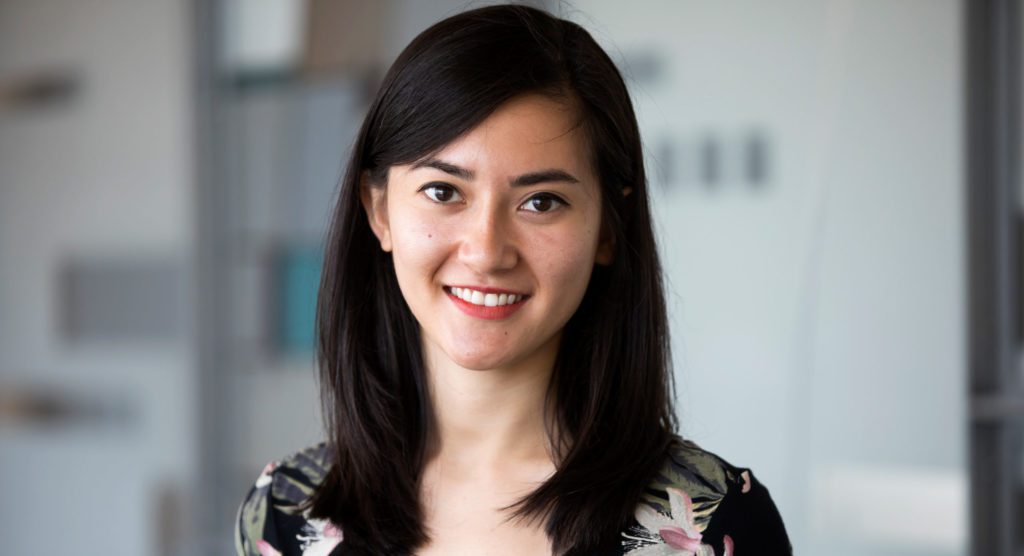KLA sponsored prizes for three outstanding projects focused on improving image processing for neurosurgery and satellite applications and MRI reconstruction techniques.


KLA sponsored prizes for three outstanding projects focused on improving image processing for neurosurgery and satellite applications and MRI reconstruction techniques.
The property that makes fluorescent lights buzz could power a new generation of computing devices.
The post Harnessing the hum appeared first on Michigan Engineering News.

When the pandemic shut down in-person instruction, this six-member team created and delivered individual lab kits to 1,200 students around the world so hands-on lab experience could continue.
Transparent optical sensor arrays combine with a specialized neural network in new University of Michigan prototype

Through her work in augmented reality, Jaylin hopes to improve the accessibility of emerging technologies for people with disabilities and expand access to computing.

Through his work in NLP and computational social science, Sky hopes to understand complex social interactions and contribute towards the democratization of technology.

Through his work, Tim hopes to dramatically accelerate genomic sequencing analysis, enabling the use of handheld genomic sequencers to produce actionable diagnostic data within minutes.

Zhizhuo is interested in computer vision and its ability to make breakthroughs in interdisciplinary fields such as ecology and climatology.

In a project he calls the “Marauder’s Map,” Prof. Zhang uses machine learning-based data models, physics models, and heuristic models to turn physical structures into sensing devices.

The fellowship will advance her work in inferring relational world knowledge in machines with explicit and implicit representations.